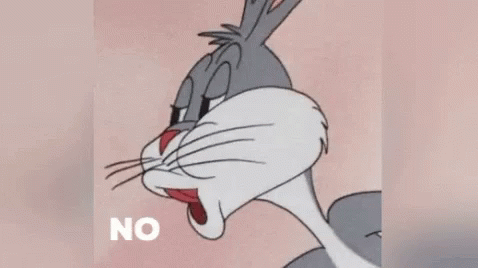faceman
Hall-of-Famer
- Joined
- Jun 1, 2000
- Messages
- 10,733
- Reaction score
- 13,499
- Age
- 62
Online
It still makes me very angry. The science and numbers are there for anyone who can google. I have to bite my teeth andNo need. At this point we can just glance at each other, give a nod and nothing else is needed.
not post on their pages, but quiet frankly their minions scare me. I'm an easy man to find. I don't want to leave this world
via a nutcase loaded with a an AK who can track me down.


